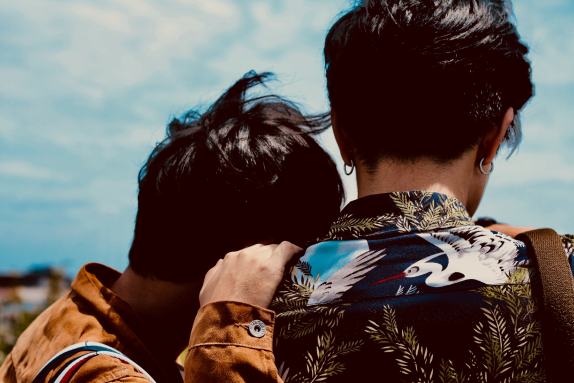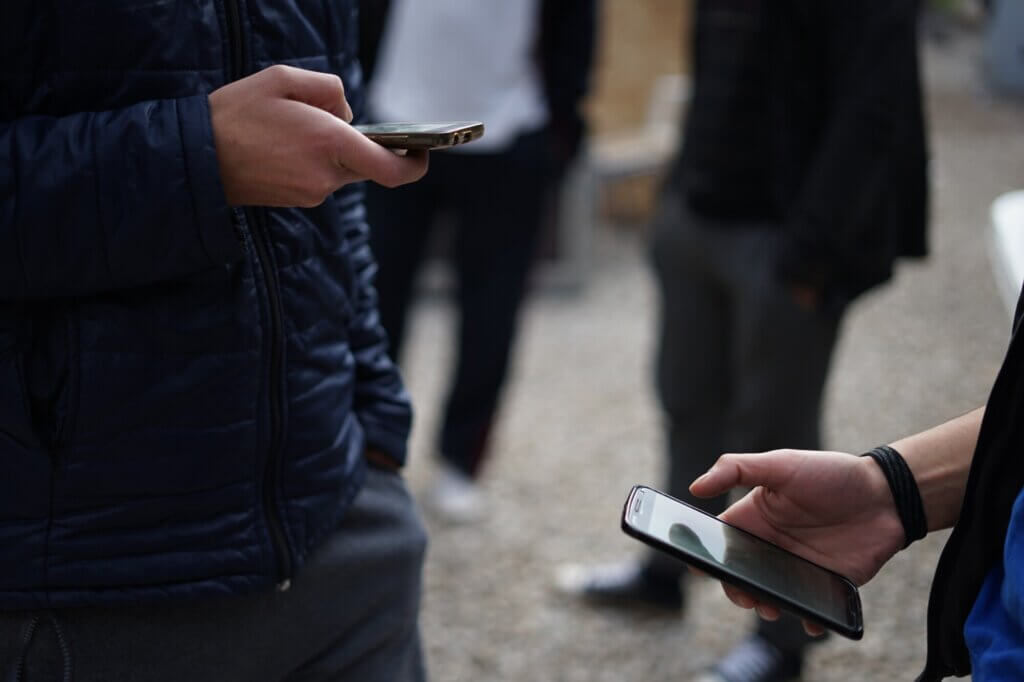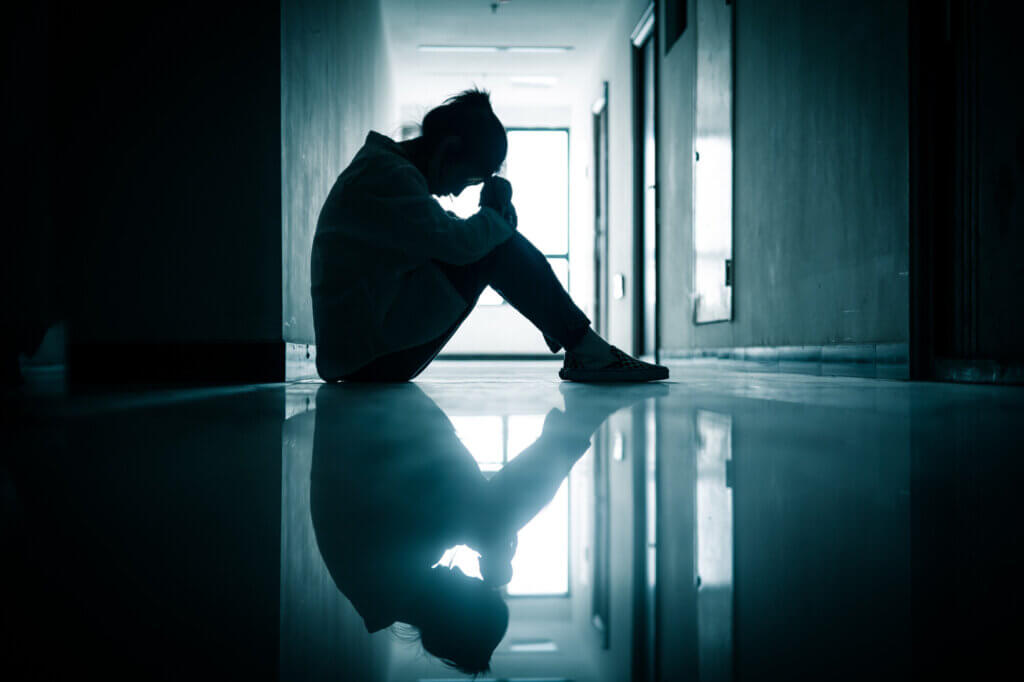
The porn crisis
Porn is the world’s de facto sex ed for our children and youth around the world
Everywhere kids are, so is mainstream, violent porn
Hardcore, explicit porn is widely available. It can be easily accessed from any device with an internet connection including phones, tablets, game consoles, and even e-readers.
1 in 3 kids say they’ve seen explicit, hardcore porn by age 12, which equates to roughly 25 million children in the U.S. alone. In the majority of cases, they’ve stumbled upon it accidentally.
Much of this content is misleading, degrading, and objectifying. That’s a dangerous trifecta that shapes kids’ perception of consent, sexual violence, gender equality, sexuality, and intimate relationships at an extremely young age and without any context.
Porn undermines the whole-person health of young people. It impacts every facet of their developmental wellness—social, emotional, cognitive, and physical.
The 3 biggest myths about porn and youth
Myth #1: My child hasn’t seen porn
Chances are, they have. Extremely graphic online porn is widely available, free, and accessible not only from smartphones but also from countless electronic devices that children interact with daily.
The facts speak for themselves: 1 in 3 kids report they’ve seen porn by age 12. And only 50% of parents thought their 14-to-18-year-olds had seen porn as had in fact watched it. Depending on the sex act, parents underestimated what their kids saw by as much as 10 times.
- Porn sites get more monthly visitors than Netflix, Amazon, and Twitter combined
- 44% of males ages 11–16 who saw hardcore porn said it gave them ideas about the type of sex they wanted to try
- 88% of porn scenes contain sexual violence against women
Myth #2: Porn isn’t that bad
Today there are hundreds of millions of free, easy-to-access hardcore videos that depict misogynistic, humiliating, degrading content at best and contain images of sexual assault, rape, and even incest at worst.
What’s more, virtual reality (VR) porn—where a user can be fully immersed in their surroundings—is already here and rapidly advancing. An increasing number of kids own VR video game platforms, which are connected to the internet.
- For teens, a significant relationship exists between frequent pornography use and feelings of loneliness and major depression
- Minors who view pornography and other sexualized media are more accepting of sexual violence and more likely to believe “rape myths” (i.e., that women enjoy being raped)
- This study shows that women with unintentional first Internet pornography exposure before the age of 14 reported more childhood sexual abuse, sexual abuse in adulthood, and more instances of sexual coercion and aggression
Myth #3: There’s nothing I can do about my kids discovering porn
While porn will continue to exist, we absolutely do have control over how we reframe our culture’s messaging with kids.
Young people need trusted adults to help them build resilience and resistance to hypersexualized media and porn. As a parent or caregiver, you play the most critical role in offering your children alternative, healthy messages about sex that instill respect in themselves and others. Our online courses for parents can help you get there, starting right now.
Sextortion: What Parents and Caregivers Need to Know
Sextortion—also known as digital blackmail—is one of the fastest-growing forms of child sexual exploitation. It’s happening every day across multiple online platforms, with devastating emotional, psychological, and even financial impacts on children and teens. In 2024 alone, the National Center for Missing and Exploited Children (NCMEC) received more than 456,000 reports of online enticement, much of it involving sextortion. Scammers often pose as peers or potential romantic interests to trick and coerce young people into sharing sexual images or videos. Once they’ve obtained them, they use threats—often to publicly share the content—unless the child sends more explicit images, videos, or money. Alarmingly, in the age of Artificial Intelligence (AI) and manipulated media, sextortion can happen even if a child has never shared an image. Predators can generate fake photos or use AI to make images that look indistinguishable from real photos and videos.
According to Thorn, 1 in 5 teens have already experienced sextortion, and Snapchat’s 2024 study found that nearly 1 in 4 youth aged 13–24 have been victims. While sextortion can happen to anyone, teen boys ages 13–17 are disproportionately targeted. Two-thirds of teens surveyed reported being targeted in some way. Despite how terrifying this crime is, prevention and response are possible. Children and young people need to know they can come to trusted adults without fear or shame. Our reactions matter—especially in how we respond to news stories and disclosures about sextortion. If your child is ever targeted, thank them for telling you. Assure them they are not alone and that you will find all the help that is available. Learn more about how to recognize sextortion, how to protect your family, and what steps to take at the first sign of trouble. Prevention starts with regular, honest conversations, digital safety tools, and creating a space where children know they will always be believed, supported, and loved—no matter what.
Report sextortion to NCMEC and the FBI cybercrime portal at IC3.gov. To find help removing images from online platforms, visit TakeItDown.NCMEC.org.
Regain control and help kids cope with the effects of porn
Culture Reframed is the premier science-based, global organization of scholars, professionals, and activists addressing the harms of pornography to youth.
We understand how scary and overwhelming it can feel as a parent to know that your child has seen, or will see, explicit porn.
But you are not alone. It is not yours or your child’s fault. And there is action you can take to help your child become more resilient to the negative impacts of porn.
Our free, comprehensive, online courses for parents and caregivers can help ensure your child develops healthy, respectful, and egalitarian views of sex and intimacy throughout their lives.

Looking for additional resources and helpful links?
Check out our Resources page.



